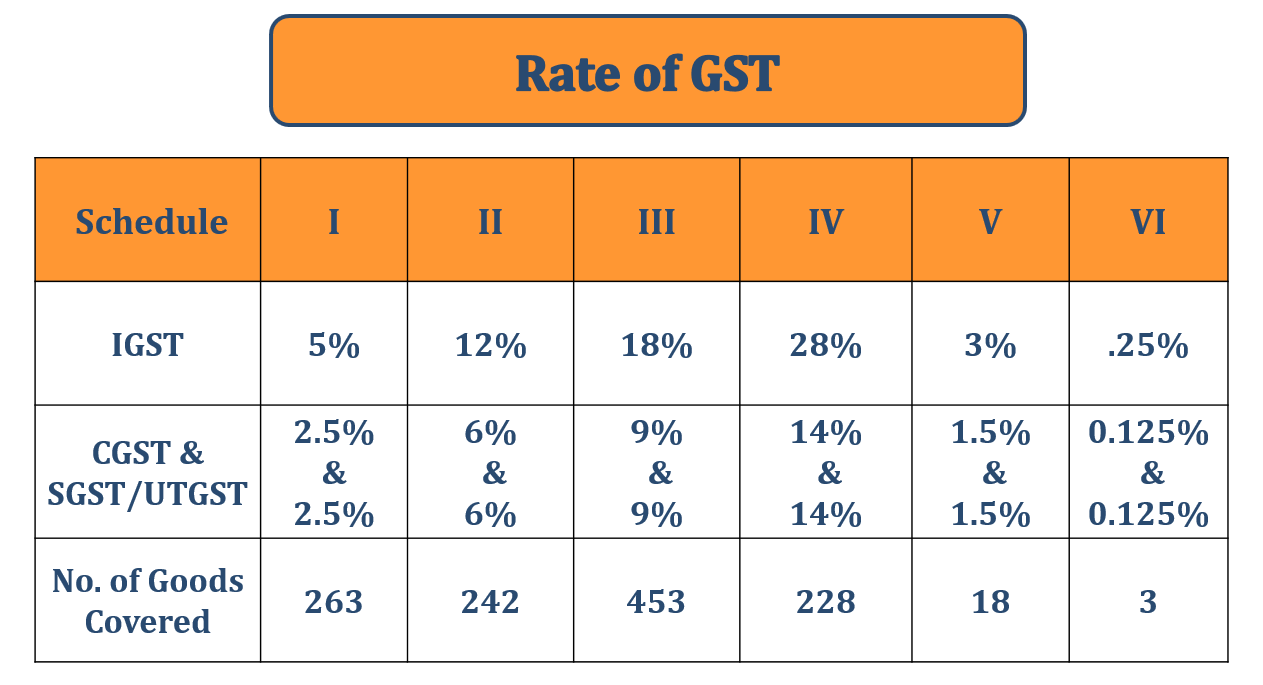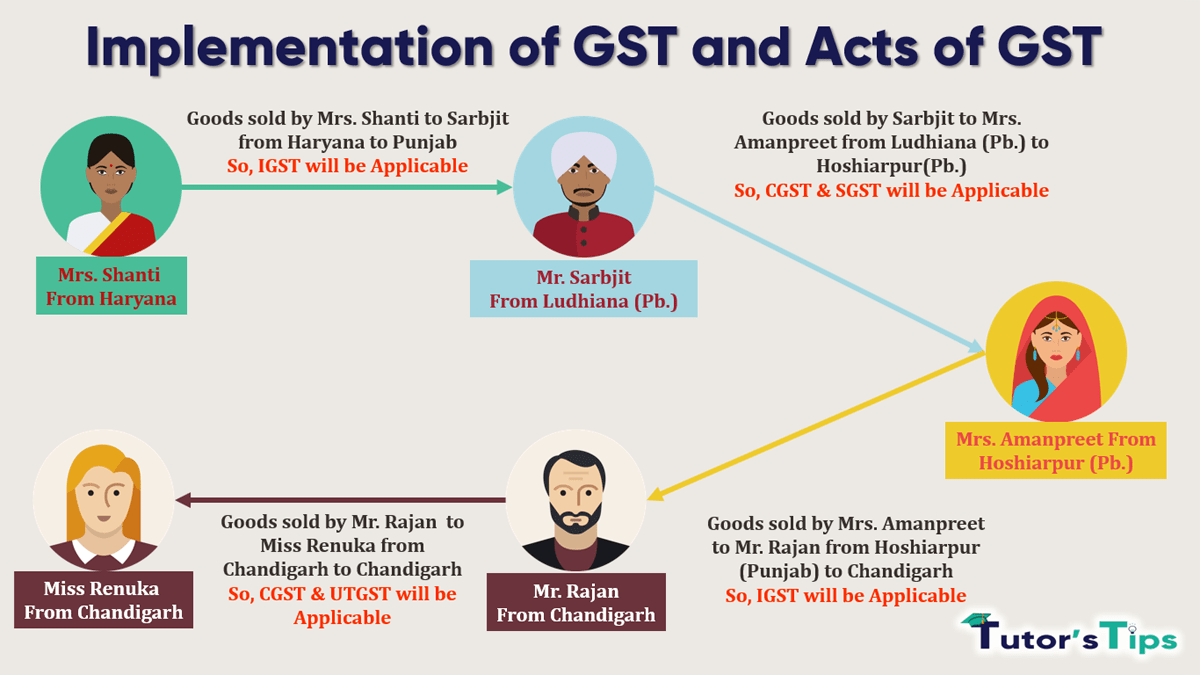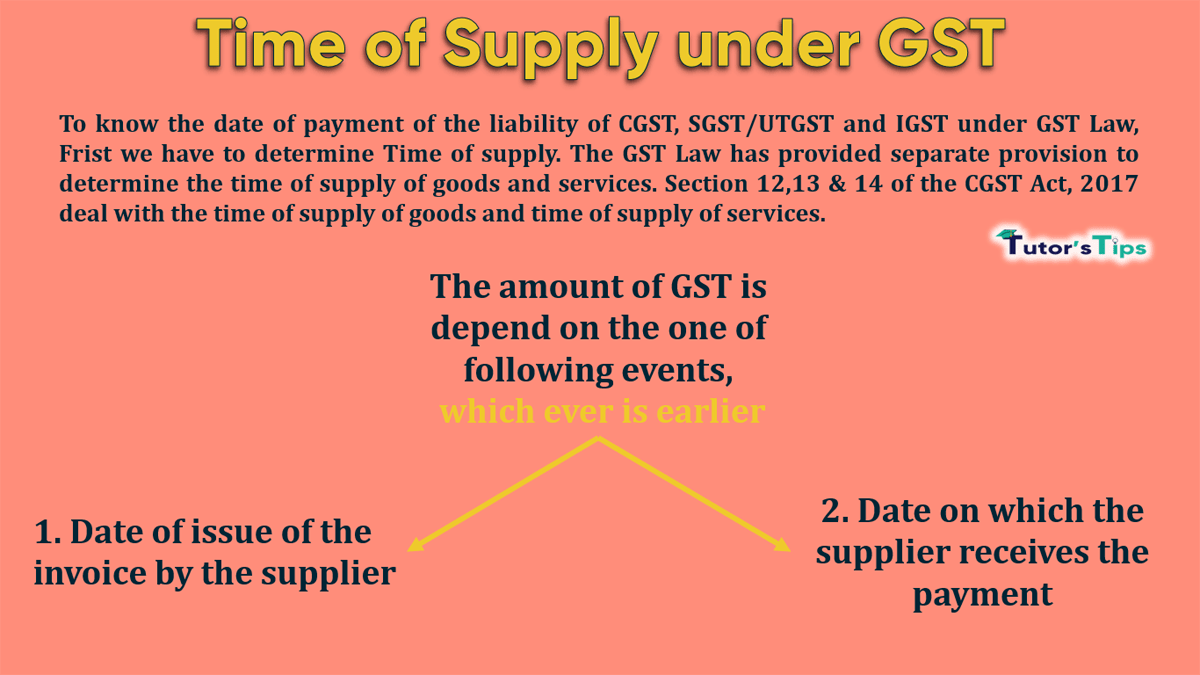Implementation of GST was very difficult because it will subsume multiple indirect taxes and will have to apply the whole new Indirect Tax structure nationwide. It levied at every stage of where someone makes an addition to the value of goods. This Taxation system has multi-stage and will collect where its final consumption made.
- Multiple stages: – GST is a multi-stage taxation system because it applies to all the level of goods life cycle.
From Manufacturer to End-users
- Final consumption tax: – Because of single tax applicable form manufactured to end-user the tax will collect from where actual goods were consumed.
The idea of GST was first mooted in India by Kelkar committee in the year 2004 but idea not implemented because of some political difference.
But after more than a decade, Implementation of GST Successfully done by govt on 01/July/2017.
For this relevant Bills passed by Lok-Sabha and Rajya Sabha
Following bills have passed by Lok Sabha on 29/03/2017 and By Rajya Sabha on 5/4/17
- The Central Goods and Services Tax (CGST) Bill, 2017
- The Integrated Goods and Services Tax (IGST) Bill, 2017
- The Union Territory Goods and Services Tax (UTGST) Bill, 2017
- The Goods and Services Tax (Compensation to States) Bill, 2017
- The State Goods and Services Tax (SGST) Bill, 2017(Each State will introduce its own)
For the Relevant Following Act was made under GST
- CGST Act, 2017
- IGST Act, 2017
- UTGST Act, 2017
- SGST Act, 2017
CESS Act, 2017

Explanation: –
- CGST – Central Goods and Services Tax
- SGST – State Goods and Services Tax
- IGST – Integrated Goods and Services Tax
- UTGST – Union Territory Goods and Services Tax
We will explain all these terms with a single example as follows:-

According to Image: –
- Shanti from Haryana sold goods to Mr Sarbjit Singh from Ludhiana (Punjab) this type of sale called inter-state sale (Sale outside the State) and on that type of sale IGST will be charged (Rates applicable as per Goods)
- On next stage, Sarbjit Singh from Ludhiana (Punjab) sold goods to Mrs Amanpreet Kaur from Hoshiarpur (Punjab) this type of sale called intra-state sale (Sale within the State) and on that type of sale CGST and SGST both will be charged (Rates applicable as per Goods)
- On next stage, Amanpreet Kaur from Hoshiarpur (Punjab) sold goods to Mr Rajan from Chandigarh(UT), this type of also sale called inter-state sale (Sale outside the State) and on that type of sale IGST will be charged (Rates applicable as per Goods).
On next stage, Mr Rajan from Chandigarh(UT) sold goods to Mrs Renuka from Chandigarh, this type of sale called intra-state sale (Sale within the UT) and on that type of sale CGST and UTGST both will be charged (Rates applicable as per Goods)
Rates of GST: –
The rate of GST will apply to the type of goods here goods are divided into six Schedule as shown in an image.
Advertisement-X

When is Good and Services Tax(GST) Levied?
Under GST, Taxes will be collected when A taxable event occurs such as the sale of goods or services and advance paid for the supply of goods or services.
Under the old indirect taxation system, the tax was collected separately on the manufacturing of goods, sale of goods and sale of services by separate departments
Like:
- Manufacturing, Excise Duty Applicable
- Sale of Goods, VAT Applicable
- Sale of Services, Services Tax Applicable
Now under GST same tax will be collected on a different level of production only rates of tax will vary. As shown in diagram these will be divided into 6 parts.
The best example of Different between levied of GST or old Indirect tax is the bill of the restaurant because in restaurant bill both items include the sale of goods as well as the supply of services.
Following are the example of this: –

As the image shown that the number of taxes is subsumed into a single tax is called GST.
Thanks for reading the topic of Implementation of GST
Please comment on your feedback whatever you want.
Or
If you have any question please ask us by commenting.
Advertisement-X





1 Comment